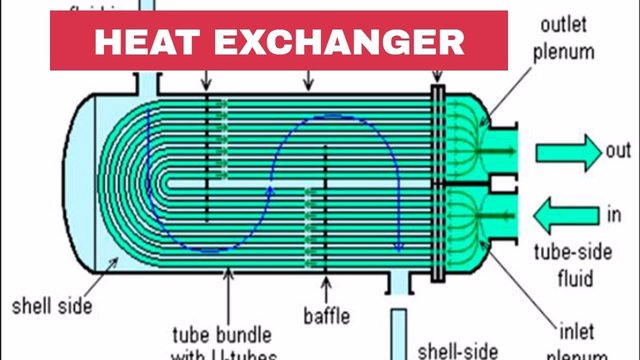
Global heat exchangers market estimated to grow with a noteworthy rate during the forecast period, 2020-2027. It is on account of environmental energy concerns that are demanding energy efficiency and rapid industrialization. Additionally, rising environmental concerns regarding the use of non-renewable energy resources across the globe will trigger the global heat exchangers market in the upcoming period. Moreover, aerospace vehicles, semiconductor devices, nuclear islands, nuclear islands, wind turbines, solar photovoltaic power generation, and polysilicon production all require a large number of specialized heat exchangers.
Additionally, growth in oil and gas refineries, especially in the Middle East, will boom the global heat exchangers market in the projected period. Furthermore, the surge in demand for heat exchangers in machinery, food, pharmaceutical, and other industries will promulgate the global heat exchangers industry in the projected periods. Development of heat exchanger enhanced heat transfer technology. The enhanced heat transfer technology, which mainly uses enhanced heat transfer elements and improved heat exchanger structure, is an energy-saving technology that can significantly improve the heat transfer performance of heat exchangers.
Type Overview in the Global Heat Exchangers Market
Based on type, the global Heat Exchangers market classified into Shell & Tube Heat Exchangers, Air Cooled Heat Exchangers, Plate & Frame Heat Exchangers, and Others (Extended Surface Heat Exchangers and Regenerative Heat Exchangers. The Shell & Tube Heat Exchangers segment expected to register a higher CAGR by 2027, owing to it used under high temperature and high pressure and growing demand in the fields of thermal power, factories and mines, petrochemicals, urban central heating, food and medicine, energy electronics, machinery, and light industry.
Material Overview in the Global Heat exchangers market
Based on material, the global Heat Exchangers market categorized into Carbon Steel, Stainless Steel, Nickel, and Others. The Stainless segment likely to lead the market by 2027 as it has excellent oxidation resistance, safety & hygiene, and widely used in food, medicine, heating, domestic water, air conditioning return water, and other fields.
End-User Overview in the Global Heat Exchangers Market
Based on the end-user industry, the global Heat Exchangers market categorized into Oil & Gas, Chemical, HVAC & Refrigerator, Food & Beverage, Power Generation & Metallurgy, Pulp & Paper, and Others. Oil & Gas estimated to dominate the market by 2027 on account of the consumption of petrochemical products, which has given a rise in the upstream processing activity.
Regional Overview in the Global Heat Exchangers Market
By geography, the Global Heat Exchangers Market segmented into North America, Europe, Asia Pacific, Middle East & Africa, and South America. The Asia Pacific anticipated gaining maximum market share by 2027, owing to growing urbanization, rise in the automobile sector, and ongoing investments toward expansion of power generating capacity to meet rising electricity demand in emerging economies like China, India, and Japan.
Global Heat Exchangers Market: Competitive Landscape
Companies such as Alfa Laval, Kelvion Holdings, Danfoss, Xylem, API Heat Transfer, Gunter, Chart Industries, Hisaka Works, Johnson Controls International, Hindustan Dorr-Oliver, SPX-FLOW, Inc, IHI Corporation, FUNKE Wärmeaustauscher Apparatebau GmbH, Thermowave GmbH, Hisaka Works Ltd are the key players in the Global Heat Exchangers Market.
Visit https://www.shingetsuresearch.com
India +91 7678407305
U.S +1 217 953 4020
U.S +1(281)603-8808
Shingetsu Research 3309 Robbins Rd #524Springfield, IL 62704-6587.